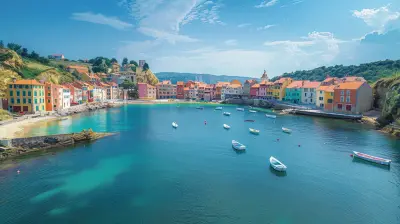Behind the Masks: The Cultural Significance of Venice’s Carnival
29 August 2025
Venice — a city of winding canals, crumbling palazzos, and the soft lap of water echoing through alleys — transforms into something truly surreal every February. During the Carnival of Venice, history peels back the pages and spills into the streets in a whirlwind of masks, costumes, and celebration. But what if I told you that it’s not all just glitter and glam? That behind each mask lies centuries of tradition, fierce social commentary, and deep-rooted cultural dynamics?
In this article, we’re peeling back the layers (quite literally) to understand the cultural significance of Venice’s Carnival. Ready to step behind the mask with me?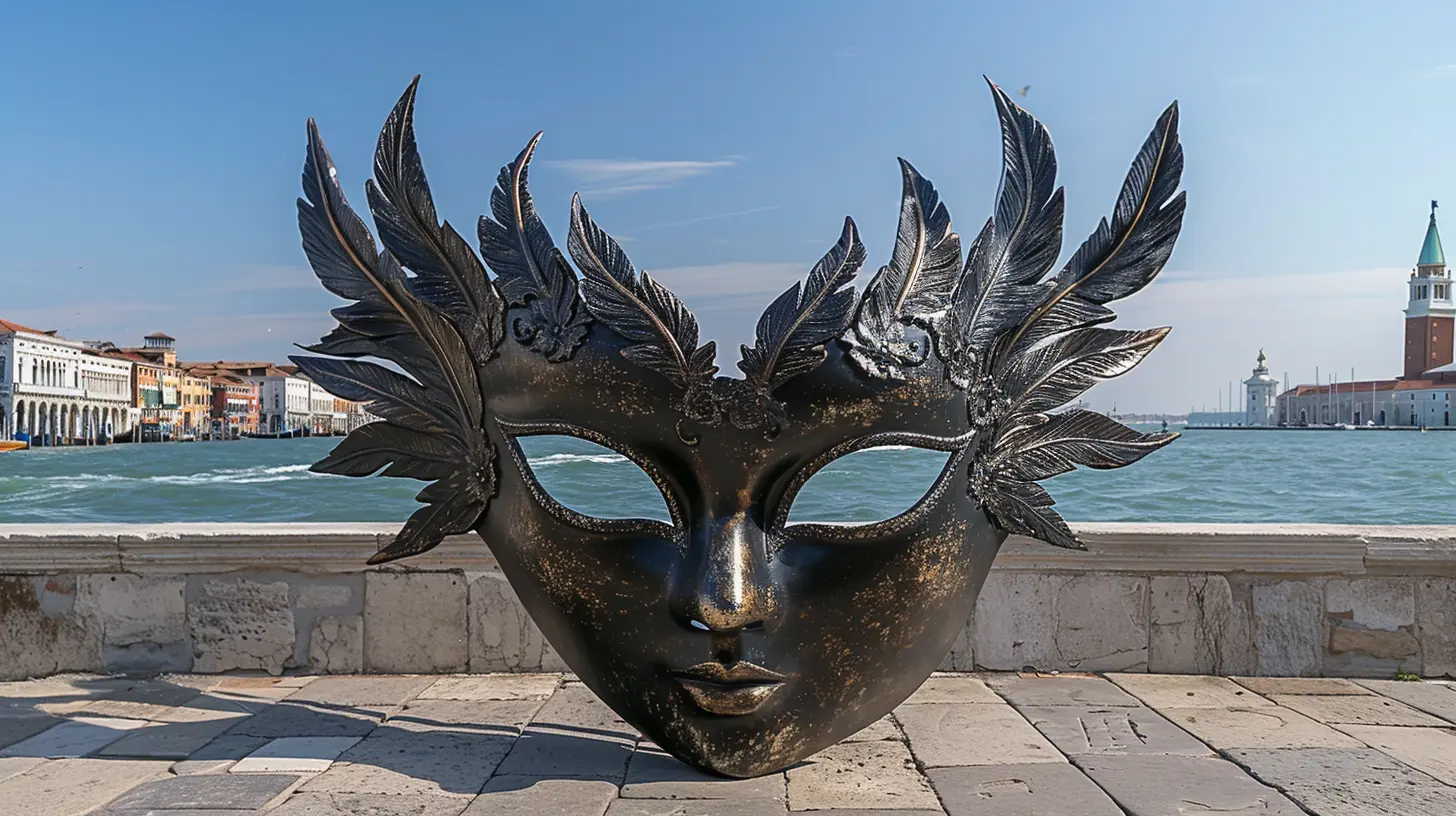
A Brief Stumble Through Time: Origins of the Venetian Carnival
Let’s rewind a bit — all the way back to 1162. That’s when the earliest traces of Carnival celebrations appeared in Venice. Initially, it was a spontaneous celebration after a military victory. Over time, this local party grew into a city-wide phenomenon that spread across Europe.By the 18th century, Carnival was in full swing. For weeks leading up to Lent, Venetians from every walk of life would wear elaborate masks and costumes, erasing social differences and slipping into a fantasy world. It was the ultimate party — one that blurred the lines between nobility and commoners, wealthy merchants and struggling artists.
So, yes, while it was fun, it also served a deeper cultural purpose. Let’s unpack that next.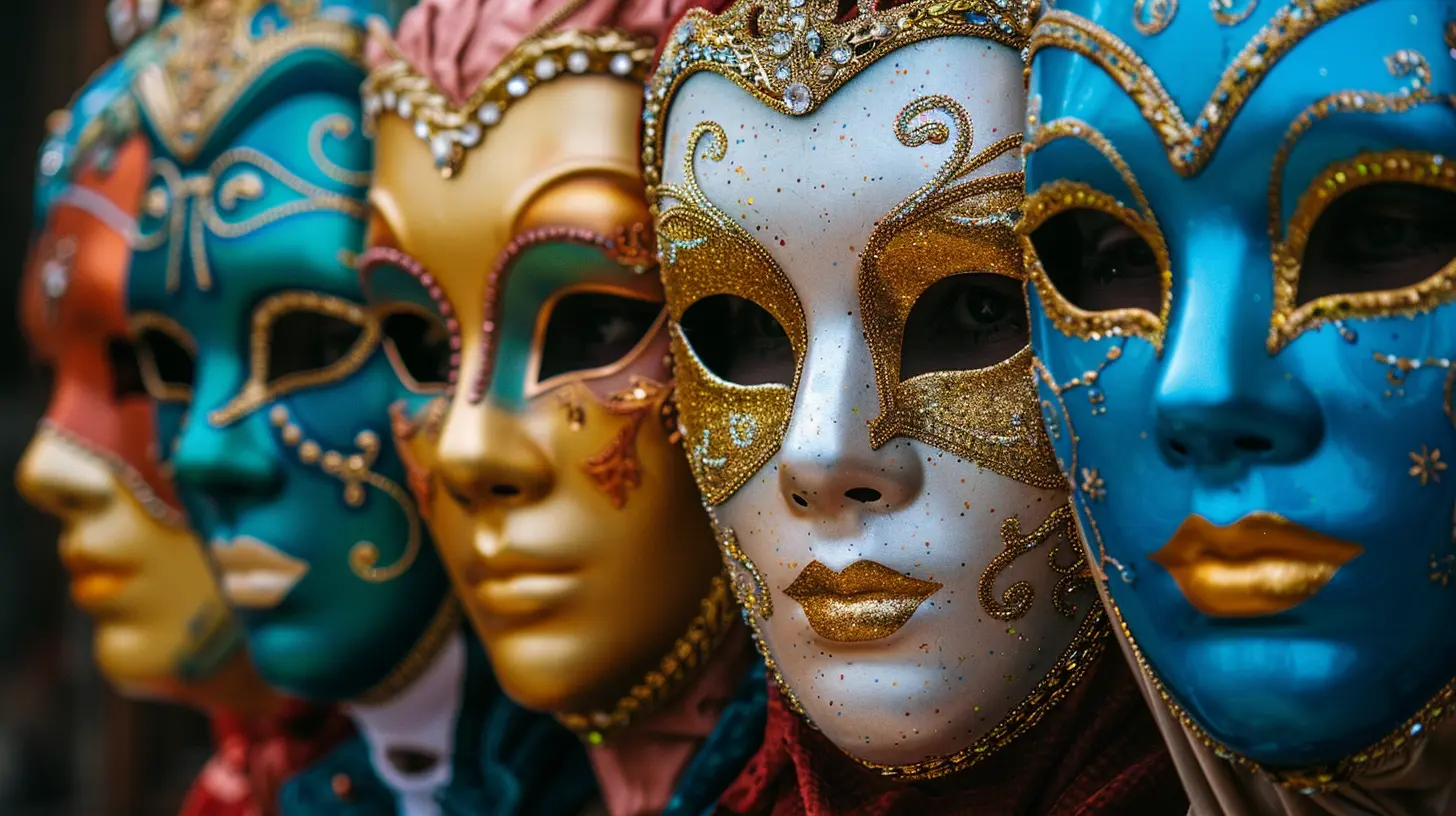
The Power of Anonymity: Why Masks Mattered
Think about it. Venice in the 1700s had strict social hierarchies. Nobility was untouchable, and the poor knew their place. But Carnival flipped that upside down. With a mask on, no one knew who you were — and that’s huge.Wearing a mask meant you could escape judgment. You could flirt with someone far above your class, gamble in secret, or poke fun at the government — all without revealing your identity. It was like giving everyone a backstage pass to freedom for a few weeks.
But here’s the interesting twist: this wasn't just about indulging. It was about commentary. People used masks to critique society, mock the establishment, and challenge authority, all under the pretense of fun. Sounds familiar, right? Like memes in our digital age.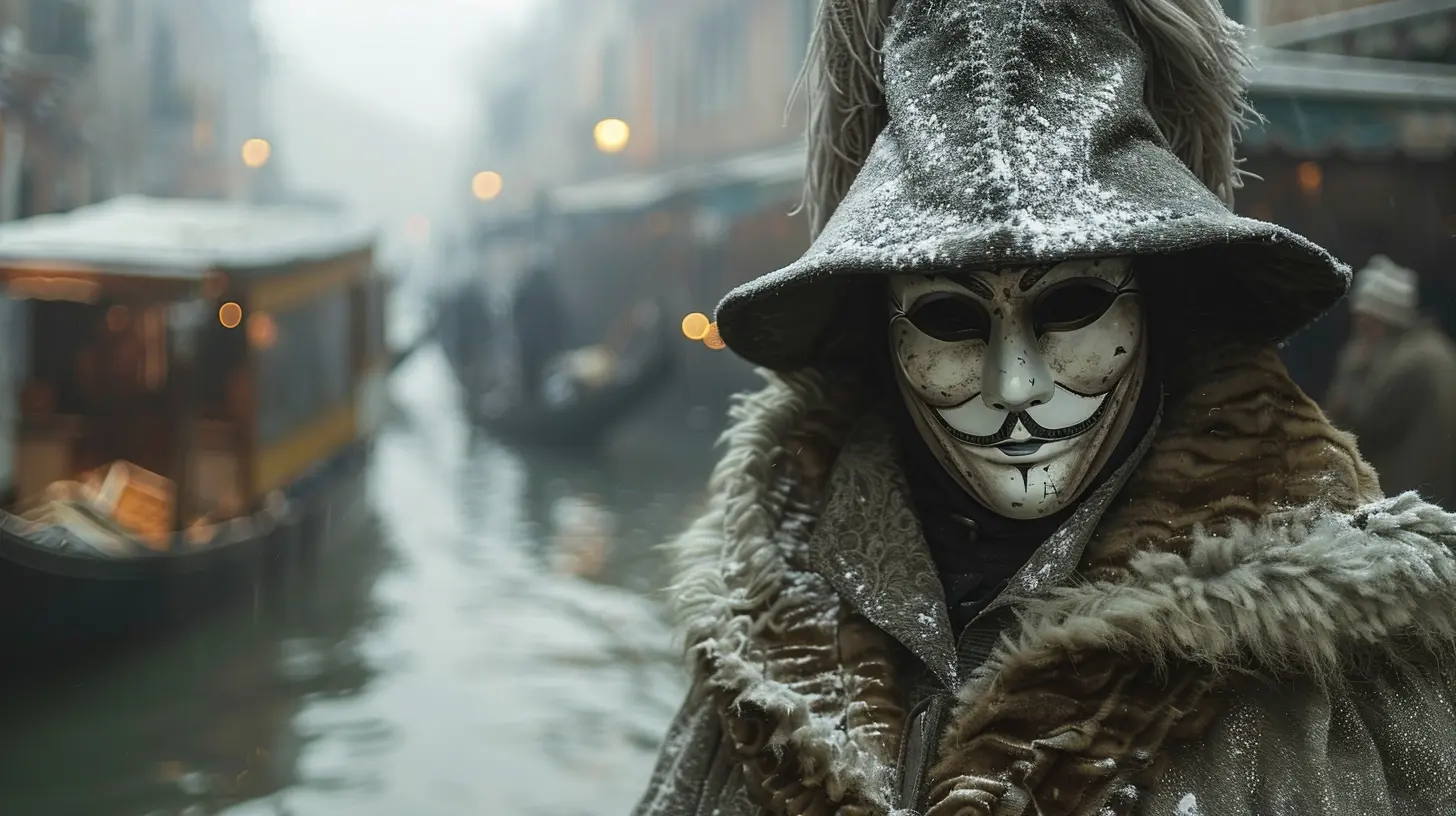
A Closer Look at the Iconic Masks
Now, let’s talk about the different masks themselves. These weren’t randomly chosen. Each one had its own backstory, its own message.🎭 The Bauta
This mask covers the whole face, often paired with a tri-cornered hat and a cloak. The mouth is oddly squared, sticking out so you could talk, eat, or — wild as it sounds — even kiss without removing it. The Bauta was worn by both men and women and allowed for maximum anonymity. During the 18th century, it was even required by law in certain political situations to ensure equality and prevent bias.👺 The Moretta
This one’s pretty wild. It’s a small black velvet oval mask worn by women, held in place by biting a button inside the mouth. Yup — that means complete silence. It was mysterious and seductive, emphasizing a woman’s eyes while robbing her of speech. There's something oddly poetic about that, don’t you think?🤡 The Plague Doctor
Ironically popular, this mask has a long beak and round glasses — it's spooky at first glance. Originally worn by real doctors during plague times to protect themselves (they’d stuff the beak with herbs), it later became symbolic in Carnival. It serves as both a haunting reminder of past pandemics and a satirical nod to the idea that even death can be mocked.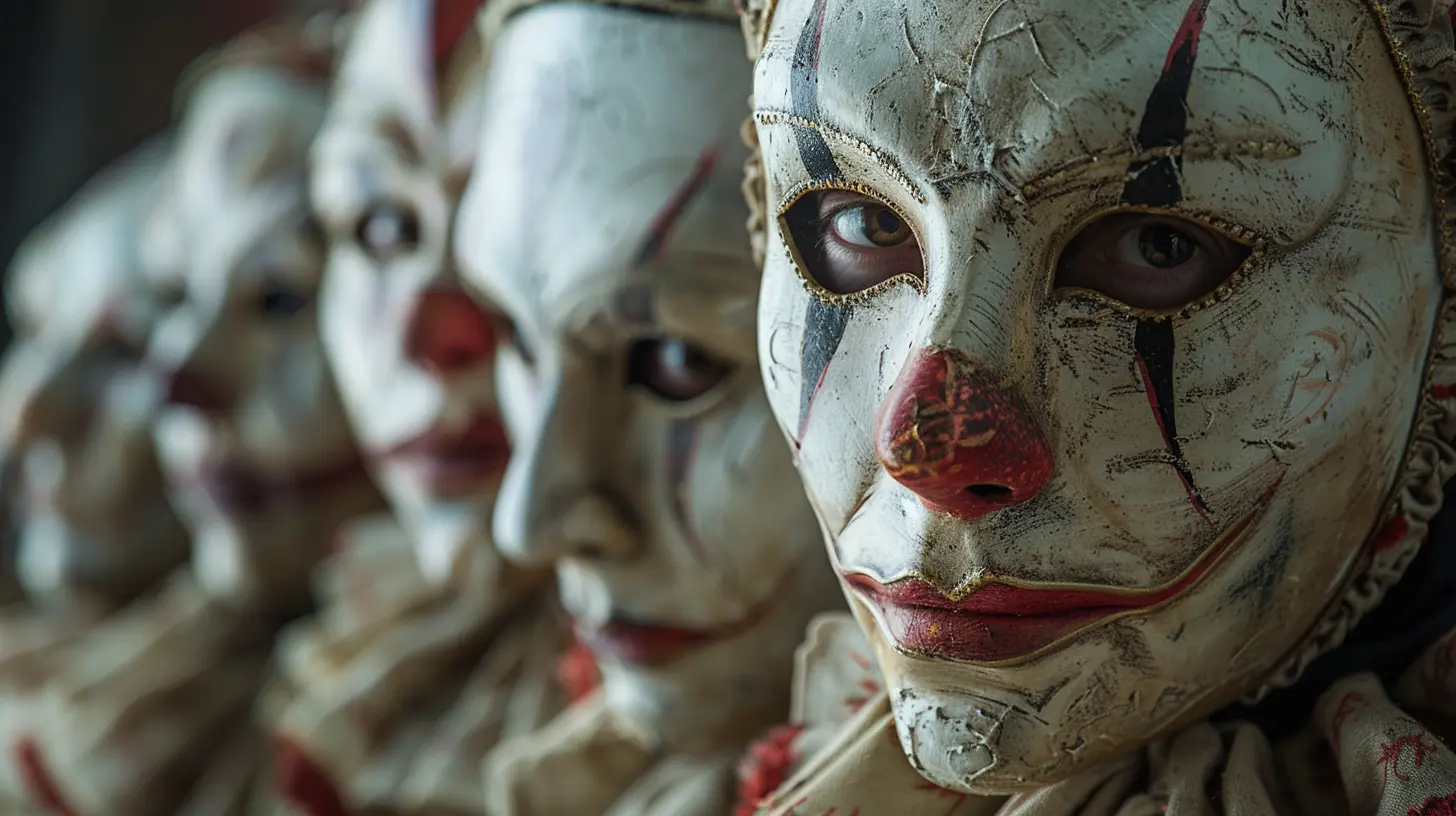
A Stage for Everyone: Carnival as Democracy in Disguise
One of the most fascinating aspects of Venice’s Carnival is how it temporarily leveled the playing field. Imagine a world where the beggar and the baron could drink wine side by side or where a working-class girl could dance with a prince without batting an eye. For a few short weeks, the city functioned as a great social experiment.Was it perfect? Of course not. But it offered a taste of equality in a time when opportunities were rare. That’s part of what made it so addictive — people weren’t just chasing fun; they were chasing freedom.
Art Imitating Life: Theatrical Roots of Carnival
If you’ve ever seen or read any Italian commedia dell’arte (street theater filled with exaggerated masks and characters), you’ve already had a taste of Venetian Carnival vibes.Characters like Arlecchino, Pulcinella, and Colombina weren’t just comic relief. They represented real social types: the trickster servant, the gullible master, the clever maid. They poked fun at the absurdity of class structures, hypocrisy, and greed — again, safely hidden behind masks.
The Carnival borrowed heavily from this tradition. Think of the city as a giant, living stage, each masked reveler stepping into a role that both entertained and provoked thought.
Venice as a Living Museum During Carnival
Walking through Venice during Carnival is like stepping into a time warp. Every bridge and alleyway becomes part of a grand set. Locals and tourists alike dress to the nines — full 18th-century regalia, powdered wigs, gilded fans. The sheer attention to historical detail is mind-blowing.And while some dismiss the event as just for tourists, many Venetians take it very seriously. It’s their heritage. Many families spend months crafting their costumes by hand, proudly wearing them as an act of cultural preservation. They’re not just dressing up — they’re keeping history alive.
The Spiritual Connection: Carnival and the Christian Calendar
Here’s something most people forget — Carnival isn’t just a party plopped randomly on the calendar. It’s tied directly to Lent, the 40 days of fasting and sacrifice leading up to Easter in the Christian tradition.So what happens before sacrifice? Indulgence, of course.
Carnival is literally derived from the Latin “carne vale,” which means “farewell to meat.” The festival is the last hurrah before weeks of austerity. In that light, all the excess — the food, the dancing, the luxury — becomes a ritual of release. You let go of earthly pleasures, knowing they’re about to be taken away.
It’s spiritual, in its own chaotic way. A final confession through celebration.
Modern-Day Carnival: Between Preservation and Pop Culture
Fast forward to today, and things have obviously changed. The Venice Carnival had a long hiatus — it was banned in 1797 under Napoleon and didn’t really come back in full swing until the late 20th century. Now, it’s one of the most famous events in the world.But it walks a tightrope.
On one hand, you have devoted Venetians working hard to keep the traditions alive — handmade masks, authentic costumes, small alleyway gatherings that echo the past.
On the other hand, there’s the tourist boom. Thousands flood in, phone cameras out, sometimes treating it more like a costume party than a cultural event.
That’s the challenge with any historical festival in the global age. How do you keep it real while letting it evolve?
Why It Still Matters Today
Here’s the thing — even with all the changes, Venice’s Carnival still holds immense cultural value.It reminds us that freedom can be temporary but powerful, that creativity can thrive under constraints (like, say, anonymity), and that sometimes the best way to face reality is to put on a mask.
More than anything, Carnival teaches us about duality. You can’t have light without darkness, indulgence without sacrifice, or fantasy without truth. Venice, always the paradox, understands this better than any other city.
Tips If You’re Planning to Attend
Thinking of diving into the magic yourself? Here are a few quick tips:- Go beyond the tourist spots: Sure, St. Mark’s Square is gorgeous, but the real magic happens in the quiet alleys and hidden campos.
- Rent or make a costume: Even a simple mask can change your entire experience. You’ll feel like you belong.
- Learn a little history: Knowing the story behind what you’re seeing will deepen your appreciation tenfold.
- Be respectful: Remember — this isn’t just a spectacle. It’s a sacred tradition for many locals.
Final Thoughts: More Than Just a Masquerade
At first glance, Venice’s Carnival may look like a dream of elaborate costumes and glittery masks. And, yeah, it totally is. But beneath the surface? It’s a centuries-old ritual packed with meaning.It’s rebellion wrapped in satin. Spirituality masked as celebration. Equality hidden under brocade and lace.
And in a world where so many of us still wear metaphorical masks every day — online, at work, in crowds — maybe we have more in common with those Venetian revelers than we think.
So the next time you see someone in a gilded mask floating through the misty streets of Venice, ask yourself… who are they really? And maybe more importantly, who would you be, if no one could recognize you?
all images in this post were generated using AI tools
Category:
Cultural ToursAuthor:

Shane Monroe
Discussion
rate this article
1 comments
Rebecca McGrady
Insightful exploration of Venice's Carnival! The article beautifully captures the rich cultural heritage and traditions behind the masks, highlighting how this iconic celebration transcends mere festivity to reflect the city's vibrant history and community spirit.
September 10, 2025 at 3:38 AM

Shane Monroe
Thank you for your kind words! I’m glad you found the exploration of Venice's Carnival and its cultural significance resonant.


